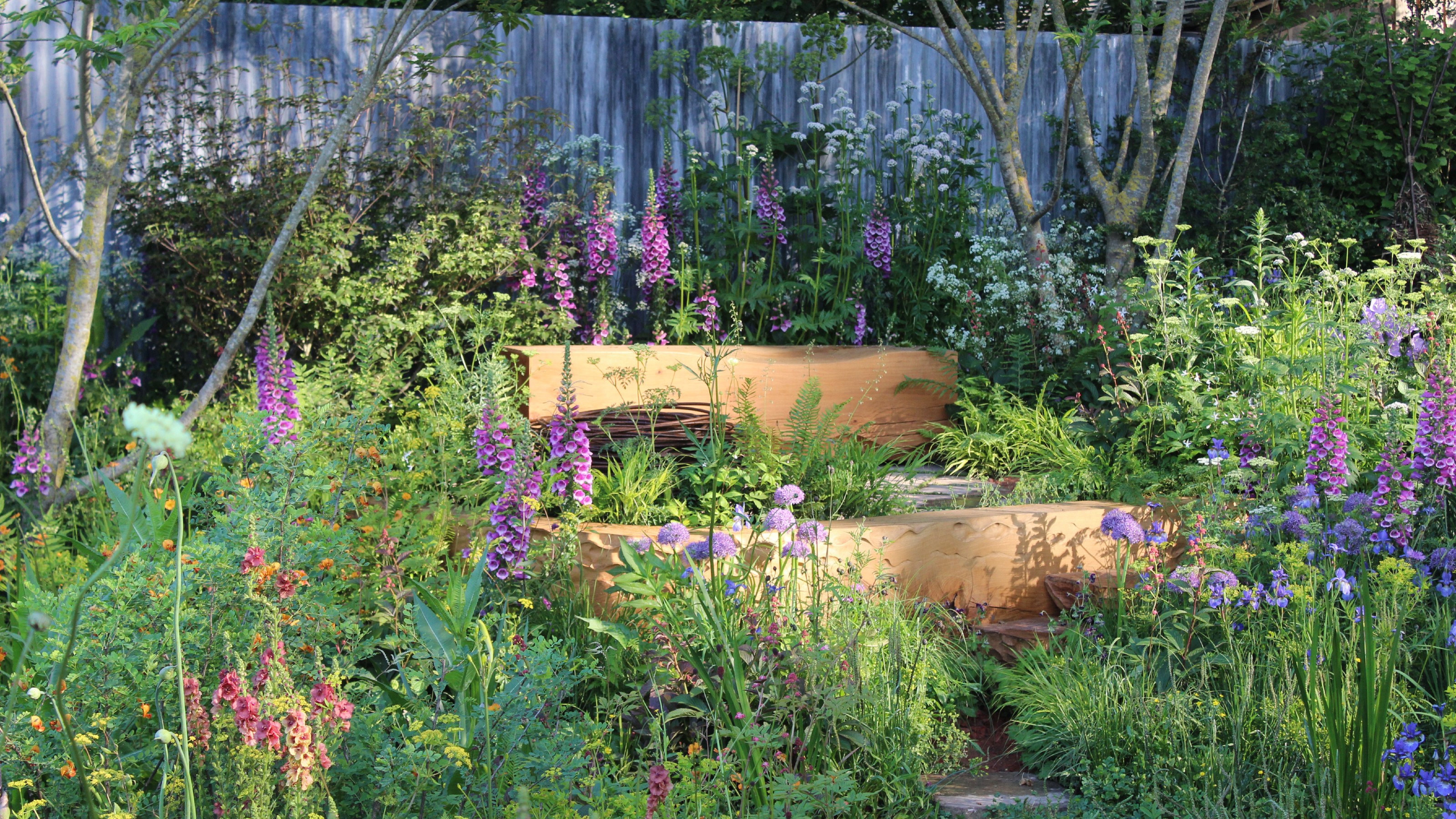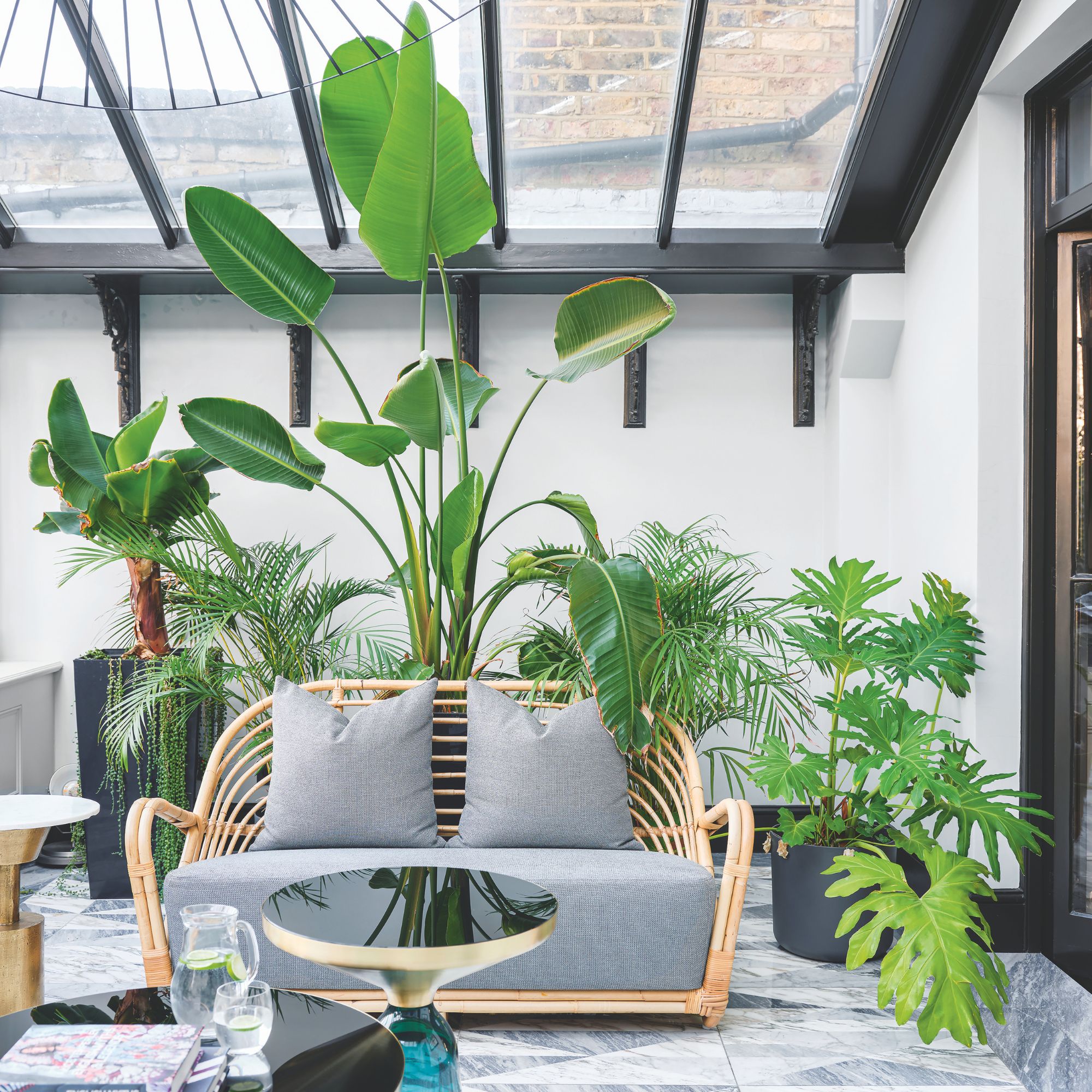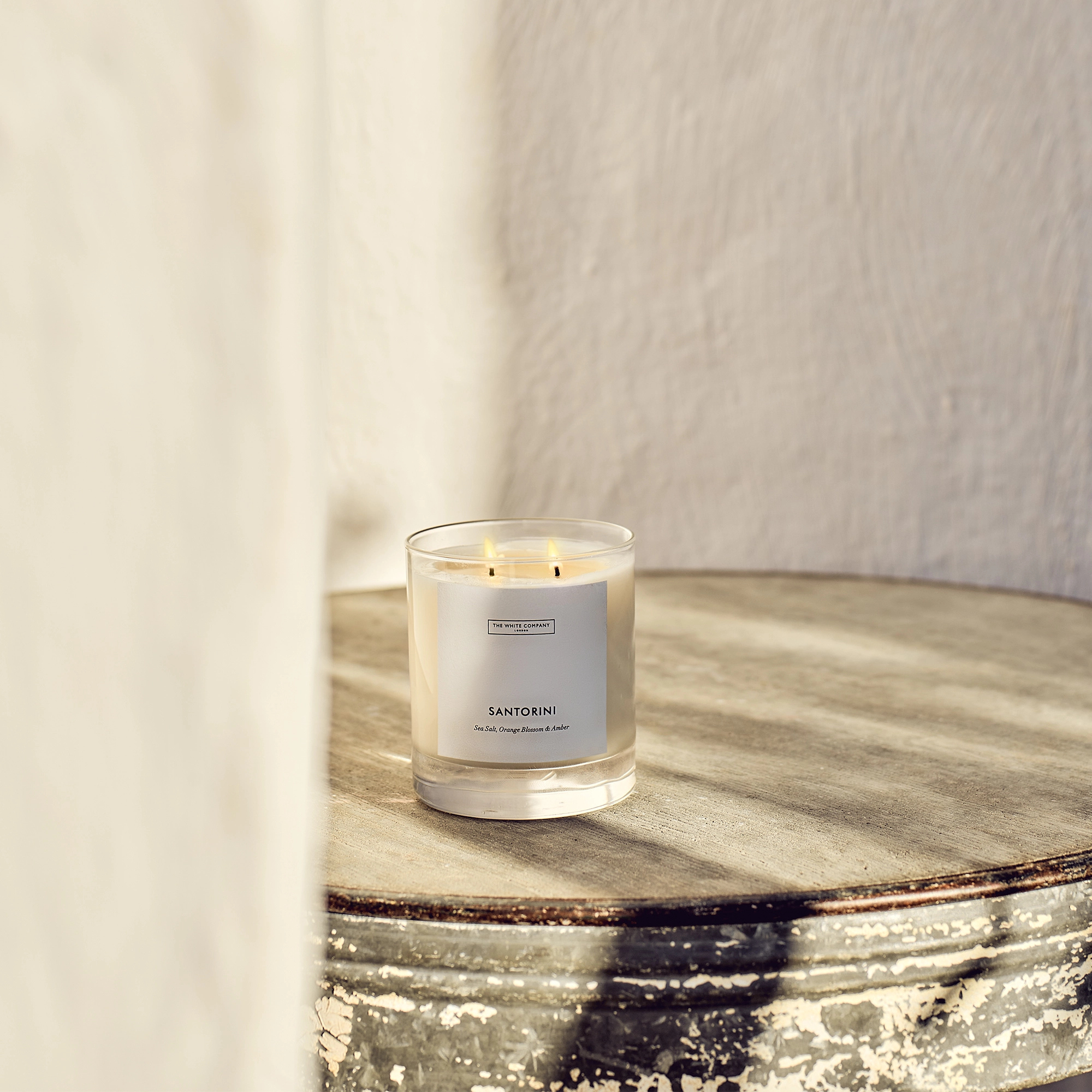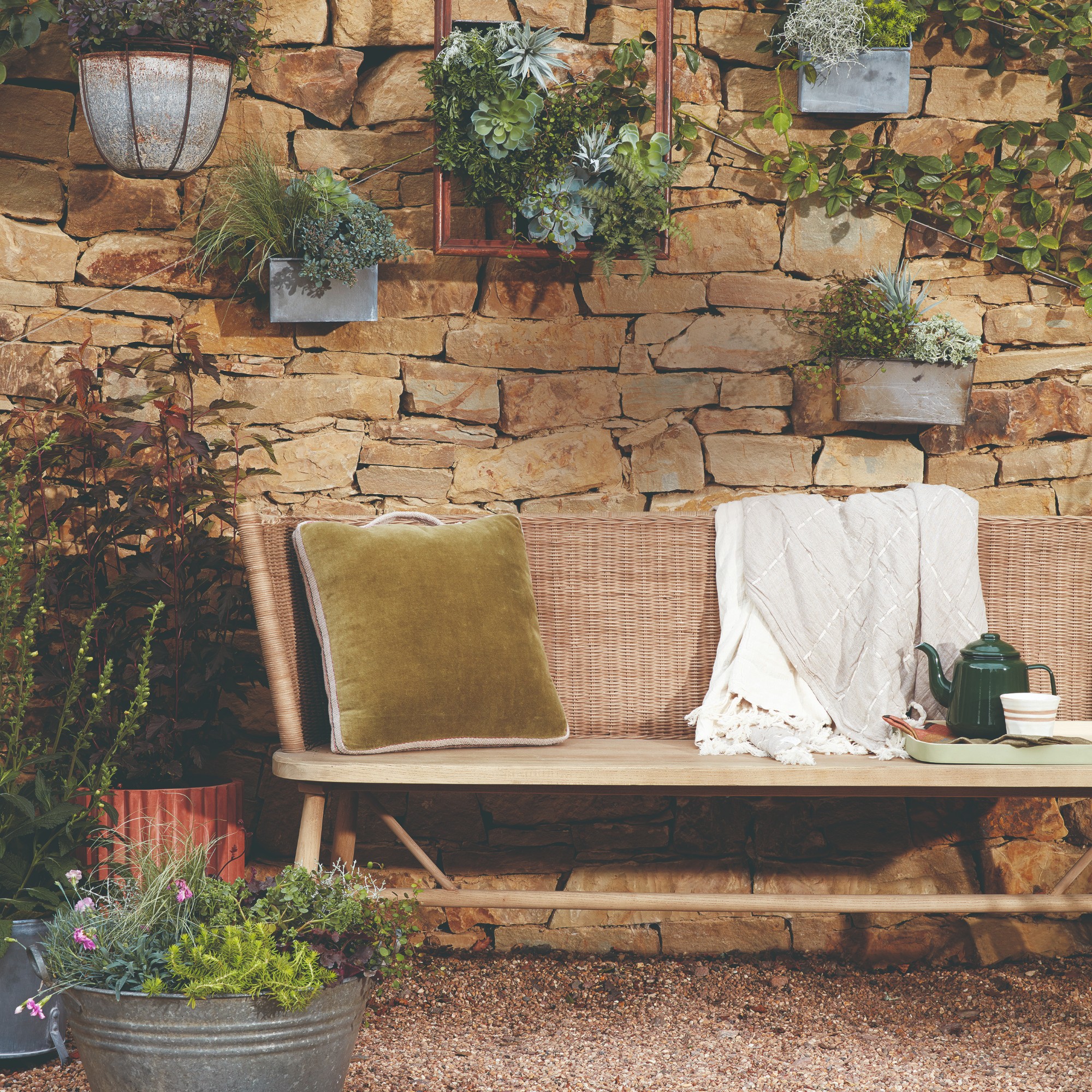What is a biennial plant? Everything you need to know, including the best ones to grow yourself
Add some colour and intrigue to your garden with a stunning selection of biennial plants


It's one of those terms that pops up a lot when to comes to gardening, but what is a biennial plant? And how are they any different to annuals and perennial plants?
Well, if you wade through all of that confusing garden jargon, the clue is in the name – all of the above terms refer to a plant's life cycle. Annuals grow, flower, set seed and die, all in the space of one year; perennials have been dubbed the ultimate in affordable garden hacks because they grow back for multiple growing seasons.
It makes sense, then, that biennial plants work in two-year life cycles. Here's what you need to know...
What is a biennial plant?
As mentioned already, a biennial is a plant that has a two-year life cycle, but what does this actually look like?
'In the first year, the plant typically grows leaves, stems, and roots (called the vegetative phase),' says Christopher O'Donoghue of Gardens Revived.
'In the second year, it flowers, produces seeds, and then dies. This means that, unlike annuals (which complete their life cycle in one year) or perennials (which live for many years), biennials require patience,' adds Christopher.
'If you can give your biennials that time they need, they'll absolutely repay your efforts with an abundance of beautiful blooms.'
Get the Ideal Home Newsletter
Sign up to our newsletter for style and decor inspiration, house makeovers, project advice and more.
The biennial plants to plant now
If all of this has left you hankering after a collection of biennial plants of your very own, you're in luck; we've teamed up with some gardening experts to bring us the very best to plant now.
1. Foxgloves

If you're looking for the undisputed king of biennial plants, it has to be foxgloves, doesn't it?
'Foxgloves are renowned for their tall spikes of tubular flowers, which are perfect for adding height and drama to even small gardens,' says Christopher.
'They thrive in part-shade and attract pollinators like bees, making them a good wildlife garden staple. Plus, they’re easy to grow and often reseed, creating a long-lasting display over time.'
Award-winning garden designer Zoe Claymore agrees, although she suggests you go slightly more specific with your choice.
'Digitalis Sutton apricot (as seen above) is a beautiful foxglove and is exactly what I used in my gold medal-winning show garden at the Hampton Court Flower Show,' she says.
Where to buy foxgloves:
- Crocus: try the aforementioned Digitalis purpurea 'Sutton's Apricot'
- Sarah Raven: a wide array of foxgloves in seeds and plug plants
- Thompson & Morgan: try the splendiferous Foxglove 'Candy Mountain'
2. Sweet William

If you fancy adding some delightful cottage garden idea staples to your garden, you'll definitely want to check out these biennial plants!
'With its clusters of brightly coloured, fragrant flowers, Sweet William adds a splash of colour to garden borders,' says Christopher.
'It prefers full sun and well-drained soil, so it's not for everyone, but this biennial plant is beloved because it keeps bees and butterflies very happy!'
Where to buy Sweet William:
- Crocus: try the Sweet William Indian Carpet
- Sarah Raven: we're fond of the Wild Sweet William
- Thompson & Morgan: a wide array of Sweet William varieties available
3. Wild Angelica

If you fancy filling your flower beds with some more unusual biennial plants, Zoe suggests you try planting wild angelica.
'Wild angelica – or angelica sylvestris – promises fabulous foilage in the first year and beautiful flowers in the second, and they make a good cut flower, I think,' she says.
Where to buy wild angelica:
- Crocus: we love the drama of the Angelica sylvestris 'Vicar's Mead' pictured above
- Sarah Raven: the Angelica gigas is a perfumed beauty
- Thompson & Morgan: go architectural with the Angelica archangelica
4. Hollyhock

One of those classic biennial plants that everyone will know (even if they don't know that they know it) is the hollyhock.
'Known for their tall, stately stems, hollyhocks bloom with large, colourful flowers that are perfect for cottage gardens,' says Christopher.
'They thrive in sunny locations and well-drained soil. And, while they can fall foul of a fungal disease called rust, they’re low-maintenance overall and bring a vintage charm to borders and garden beds.'
Where to buy hollyhocks:
- Crocus: try the Alcea rosea 'Single mixture' (as seen above)
- Sarah Raven: the Alcalthaea suffrutescens 'Parkrondell' is very easy to grow
- Thompson & Morgan: there are plenty of stunning hollyhock varieties to choose from
5. Honesty

Honesty isn't just an excellent virtue to be in possession of; it's a stunning biennial plant, too.
'Honesty is famous for its silver, coin-like seed pods, which I often use myself in dried flower arrangements,' says Christopher.
'It grows well in partial shade and can be found in woodland gardens, making it a cheerily easy plant to grow.'
Where to buy honesty:
- Crocus: try the white honesty seen above
- Sarah Raven: give the underrated lunaria annua var. albiflora a whirl
- Thompson & Morgan: for a pop of colour, try the purple blooms of the lunaria annua
FAQs
What is the difference between a perennial and a biennial plant?
There is one major different between a perennial and a biennial plant, and it's all in their life cycles. Because, while perennials can flower for several years without fault, biennials grow in their first year and flower and set seed in their second year.
Is it too late to plant biennials?
It is not too late to plant biennials; so long as you opt for plants over seeds (which must be sown in summer). Biennial plugs can be planted outside in autumn or spring.
Will you be falling for the charm and colour of biennial plants, then? If so, get yourself to a garden centre and stock up on plug plants now; you'll be glad you did when they start doing their thing next year, we promise.

Kayleigh Dray became Ideal Home’s Acting Content Editor in the spring of 2023, and is very excited to get to work. She joins the team after a decade-long career working as a journalist and editor across a number of leading lifestyle brands, both in-house and as a freelancer.
-
 Will a conservatory add value to your home and how can you maximise it?
Will a conservatory add value to your home and how can you maximise it?This is what the pros say
By Amy Reeves
-
 I’ve been looking for a new signature scent for my home and The White Company's new fragrance is the exact summer holiday smell I needed
I’ve been looking for a new signature scent for my home and The White Company's new fragrance is the exact summer holiday smell I neededSantorini smells fresh, summery and sophisticated
By Kezia Reynolds
-
 How to remove algae from garden walls in five steps – and the cleaning product experts rave about for tackling it fast
How to remove algae from garden walls in five steps – and the cleaning product experts rave about for tackling it fastExperts share their top tips for getting garden walls algae-free
By Katie Sims